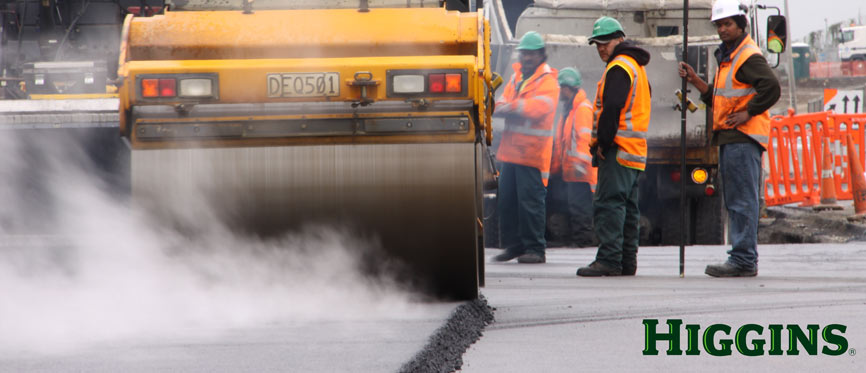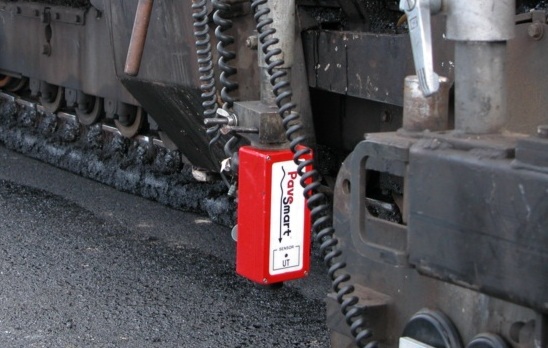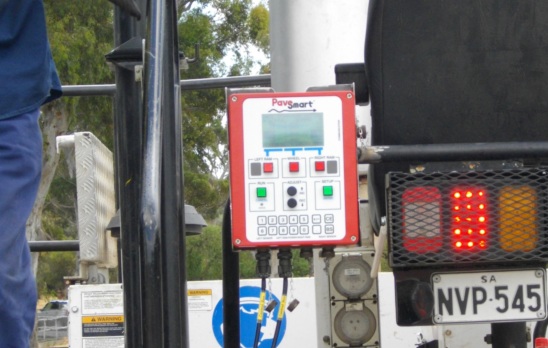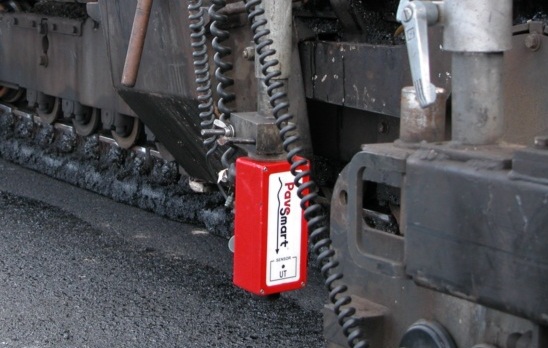About Us

Economics of using PaveSmart
While Synergy Positioning Systems’ patented PaveSmart asphalt paving technology can’t help companies predict the future, it’s certainly capable of eliminating risk.
“If there’s too much variable difference in the amount of asphalt used across a rehabilitation project, the company concerned can’t give their client the guarantee that they won’t be paving over design and subsequently be over budget on material,” says Synergy’s Managing Director Mike Milne.
“With PaveSmart we’re accurately surveying the surface to determine a grid and plotting out precise paving depths for each consecutive run the asphalt paver needs to make. So we’re automatically gathering together a picture of how much material will be needed.
“With the grade control system automatically adjusting the hydraulic controls on the paver to achieve the desired depths, the risk of paving over or under the required design is eliminated.”
Mike says that with greater numbers of maintenance work contracts requiring ‘before and after’ NAASRA assessments, the specification required from rehabilitation work is becoming ever tighter.
“Increasingly we’re seeing local councils wanting guaranteed assurances that there will be anything up to a 20 percent improvement on ride quality across a rehabilitated surface. The risk in not having some measure of paving control available is simply becoming greater than the cost of utilising it in the first place.”
Mike points to the situation now common across the Tasman, where Synergy’s Australian team also provides PaveSmart consultancy services to contractors.
“In Australia the situation has arisen in the last couple of years where all main road asphalt paving contracts now have a clause that states the contractor must use some form of paving control technology.
Gallery
“This is essentially local and State governments ensuring that funds spent on infrastructure, especially remedial rehabilitation work, yield a tangible result,” says Mike.
While this situation is yet to become the norm in New Zealand, Mike believes it is probably only a matter of time before such stipulations make their way into maintenance contracts here.
But, he points out, companies looking to tender for such work have the opportunity to present a more credible offering to clients by building in the cost of utilising the PaveSmart system up front.
“You have the situation where the use of PaveSmart, or even acknowledging the cost of utilising PaveSmart should it be required, becomes an attribute of the tender.
“Providing for PaveSmart at that primary stage actually gives clients the confidence that the company laying the asphalt has a contingency around ensuring the finished surface meets specification.
“Sure, there might be an extra cost line in the document, but they know the job will be completed as expected, will meet the required NAASRA result and will help to ensure a quicker turnaround time on project delivery.”
For more information on our range of asphalt and paving services including Pavesmart, click here.
Back to all case studiesRelated Case Studies
-

Downer engages Synergys’ PaveSmart Grade Control
Downer recently engaged Synergy Positioning Systems’ survey consultancy service and PaveSmart grade control system to ensure time and cost savings on resurfacing a lengthy section of Christchurch arterial road....
Read More -

Paving the Way Forward
Higgins Contractors recently utilised Synergy Positioning Systems’ consultancy service and fast, accurate PaveSmart technology to achieve fantastic results on a busy Auckland arterial route....
Read More





